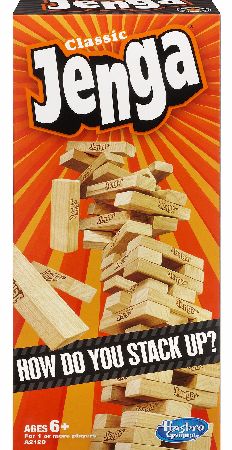
I have been thinking about the way that a syllabus sets up a course. Is a syllabus a blueprint? Are they are plans which help us structure the work we will do? First, we grapple with x skill or concept and, once we can perform the skill or articulate the concept, we move on to the next set. First floor, second floor, and so on. But a course does not, it seems to me, follow a necessarily strict plan. With a building, the stairs really do need to start in one place to end up in another. I am not so sure that that is the case with a course or a syllabus. In fact, that is something I am trying to move away from.
Another metaphor for a syllabus is that it is a map. It signposts the directions we will travel over the semester, so to speak. A syllabus is not a set of directions - go straight, then turn left - but provides information that allows one to follow an alternate route but still end up in the intended destination. This seems like a desirable characteristic. One group of students (and profs, I suppose) could best take Route A, but another will learn better via Route B. If we extend the map metaphor, however, a syllabus cannot contain all the possible routes, which I think is not possible in a classroom.
So, a better metaphor for a syllabus is ... ? I'm not sure - a floor plan (flexible, but with certain fixed boundaries), a palette (the more you work on it, the messier it gets), a Jenga game (build the structure and remove pieces without causing it to collapse) ...
I am trying to decide how I want my syllabus to function, in part because this is my primary planning tool and in part because I have never been fond of that other metaphor that is used a lot: the contract.
"The Syllabus Becomes a Repository of Legalese," The Chronicle of Higher Education (March 14, 2008)
http://chronicle.com/free/v54/i27/27a00102.htm

No comments:
Post a Comment